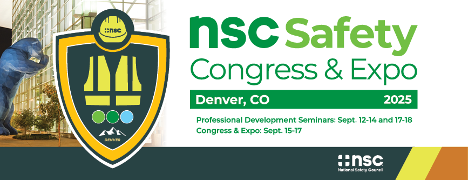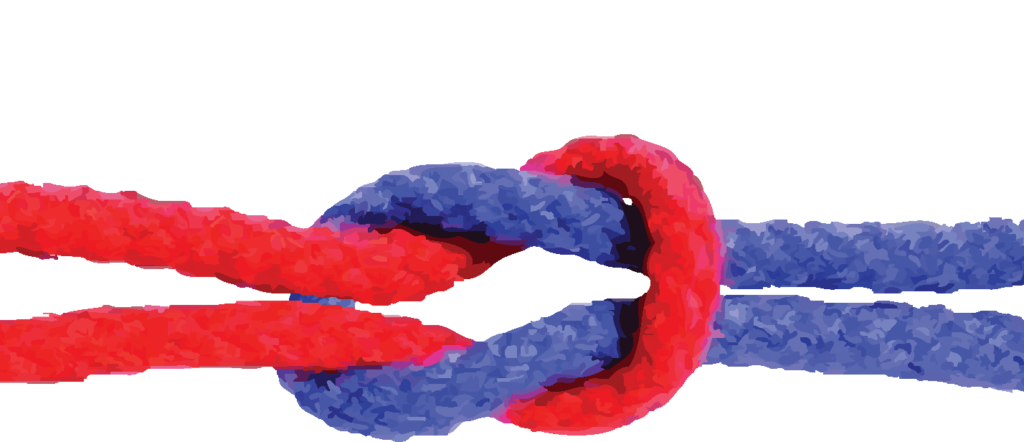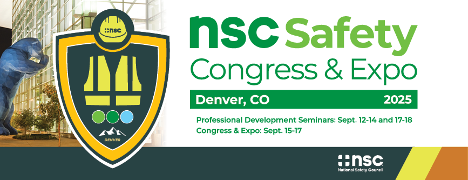Author - John McBride, SPHR, SHRM-SCP
Federal workplace safety officials are finalizing a stringent new heat rule

Fisher-Phillips Insights
5.13.24
Employers need to take action to protect workers from heat illnesses and injuries as temperatures begin to rise nationwide – not just because it’s the right thing to do, but because federal workplace safety officials are finalizing a stringent new heat rule that would considerably raise the stakes for employers. The Occupational Safety and Health Administration (OSHA) just advanced one step closer to publishing a permanent standard that would address hazards stemming from heat hazards, sending a clear message to businesses from coast to coast. What’s the latest on the developments – and what are the 10 things you can do now to protect your workers all summer long?
OSHA’s Heat Hazard Rulemaking Takes Next Step
Just last week, the Advisory Committee on Construction Safety and Health unanimously recommended OSHA move forward with its Notice of Proposed Rulemaking for heat. The next step will see the agency publish a proposed rule, after which it will seek and consider input from a wide range of stakeholders and the public. You can expect twists and turns along the way, but it seems likely that the earliest we would see a finalized rule is by early 2025.
Employers In Federal OSHA States are Already Required to Address Heat Hazards
But don’t let this timeframe fool you. While we await a formal heat-related or heat stress standard in place for states covered by Federal OSHA, federal OSHA already enforces heat-related hazards through its General Duty Clause. This standard requires employers to provide a work environment that is free from recognized hazards that are causing or are likely to cause death or serious physical harm to employees.
OSHA Uses Novel Mechanism to Turn Up the Heat
In fact, in the last two years alone, OSHA has conducted nearly 5,000 federal heat-related inspections – using its National Emphasis Program (NEP) related to heat illnesses and injuries for both outdoor and indoor workers. NEPs are temporary programs that focus OSHA’s resources on particular hazards and high-hazard industries.
The heat NEP is effective until April 2025, and it will see OSHA target workplaces where heat-related injuries or illnesses are prevalent during high heat conditions. This includes outdoor workspaces in a local area experiencing a heat wave or working indoors near radiant heat sources (such as iron and steel mills and foundries).
If you want more detail about the NEP, including how employers will be selected for inspections, you can read our full Insight here.
What About States Not Covered by Federal OSHA?
If you do business in a state where a state agency rather than federal OSHA enforces the OSH Act (such as California, Kentucky, or elsewhere), emphasis programs in those states may differ.
· Nevada, for example, already has a heat NEP in place, and employers in that state may also soon face a permanent rule related to heat hazards.
· Employers in Oregon must comply with permanent safety standards on mitigating heat-related injuries and illnesses.
· California, which already had an outdoor heat illness rule, has taken steps to adopt an indoor heat illness rule. The proposed rule – which would create only the second indoor heat standard in the country after Oregon’s – presents majors challenges for employers seeking to meet the compliance obligations.
· Other states like Washington are in the middle of rulemaking, similar to Federal OSHA, to issue final rules on heat-related hazards.
Meanwhile, Florida – which falls under federal OSHA jurisdiction – recently blocked local governments from passing laws intended to mitigate heat injuries and illnesses. The new statute bans counties and municipalities from requiring private employers to offer heat safety protections to employees beyond what’s required under the Occupational Health and Safety Act (OSH Act).
10 Steps to Take to Provide a Safe Workplace This Summer.
As you prepare for the summer months ahead, here are 10 steps you can take to protect your workers from heat-related injuries and illnesses – and avoid legal scrutiny.
1. Plan ahead. Draft a prevention program to mitigate against heat-related injuries and illnesses. Conduct a hazard analysis of all of your job duties or positions that could involve exposure to extreme heat, including an analysis of outdoor and indoor workspaces. If you are in a state OSHA plan location, review your heat illness prevention program plan against any state plan requirements.
2. Train your workers. Provide training to all of your workers on how to prevent heat illnesses, and make sure managers know to take the lead when it comes to spotting potential problems and ensuring compliance.
3. Don’t take risks. Provide medical screening for all workers who will work in high-heat settings.
4. Keep an eye out. Designate someone at each worksite to monitor worker health and conditions on days of extreme heat. You may also consider requiring a buddy system on hot days and enforcing a procedure for employees to report heat stress symptoms.
5. Let them rest. Provide unscheduled rest breaks and require work/rest periods. It’s difficult to quantify specific breaks for specific scenarios in states covered by federal OSHA, so a best practice is requiring rest breaks of up to five minutes in shade every hour, or 10 minutes every two hours, when temperatures are above 87.8°F.
6. Provide water. Provide unlimited, easy access to cool water. OSHA has indicated that employees should drink 4 to 6 ounces every 15 to 20 minutes, but no more than 1 quart/hour and 12 quarts/24 hours.
7. Offer cover. Provide access to shaded areas and cooling fans. Provide hats for outdoor workers in the sun.
8. Be flexible. Consider changing start times and days during a project to avoid high-heat hours. Or consider rotating crews of workers to minimize work during the hottest hours.
9. Get your workers ready. Require an acclimatization period for workers not used to working in the heat. This not only includes new employees but existing workers returning to heat exposure or those working during seasonal changes as the weather gets warmer. OSHA provides a full list of detailed recommendations that you should implement for a one-to-two-week period, including guidance on work periods, rest breaks, job tasks, and more.
10. Be prepared for the worst-case scenario. Ensure access to first aid and prompt medical attention for symptomatic employees.
Conclusion
While we provided lots of information in this Insight, remember these three words for your employees: Rest, Water, Shade. You should take action now as temperatures rise, particularly where you have employees engaged in outdoor work, wearing heavy or bulky equipment or personal protective equipment, or where workers are performing strenuous work such as intense arm and back/lifting work, carrying, shoveling, manual sawing, pushing, and pulling heavy loads, and walking at a fast pace in humid and hot conditions.
If you have any questions, contact the authors of this insight, any member of our Workplace Safety and Catastrophe Management Practice Group, or your Fisher Phillips attorney for guidance. Make sure you are subscribed to Fisher Phillips’ Insight System to get the most up-to-date information on workplace safety issues.






